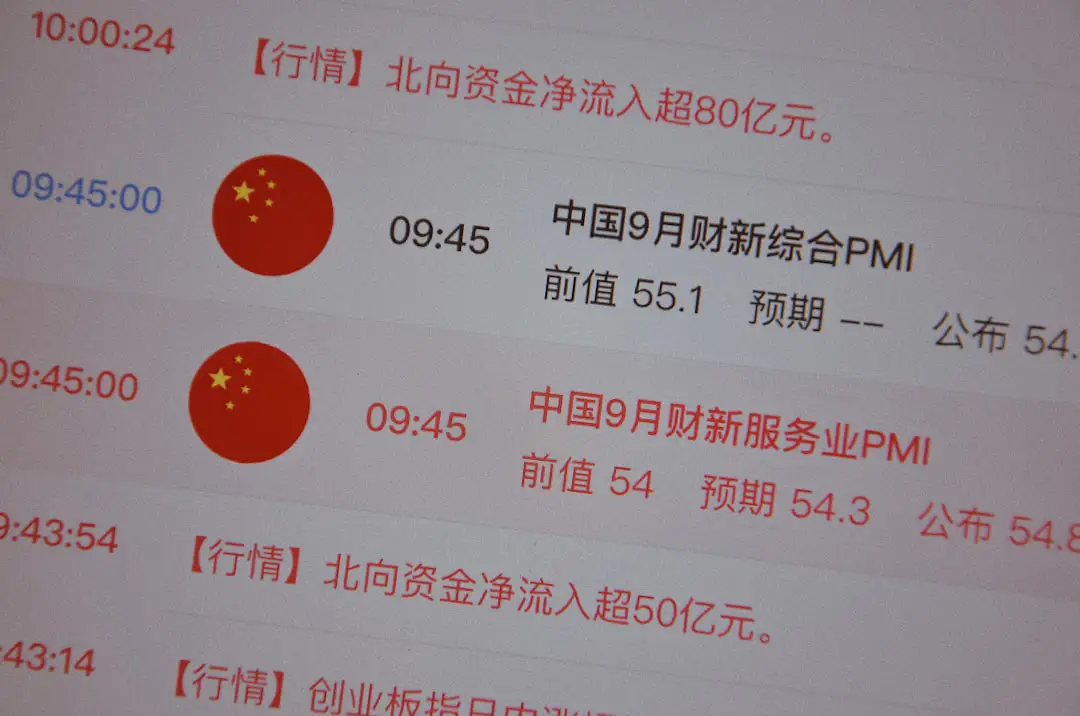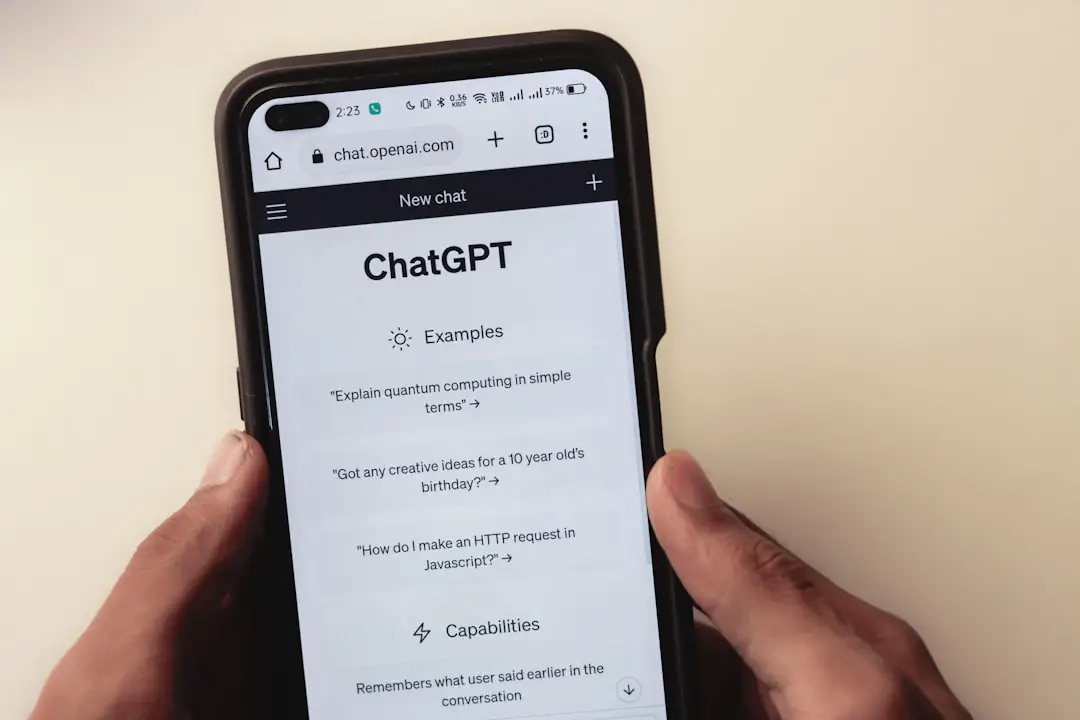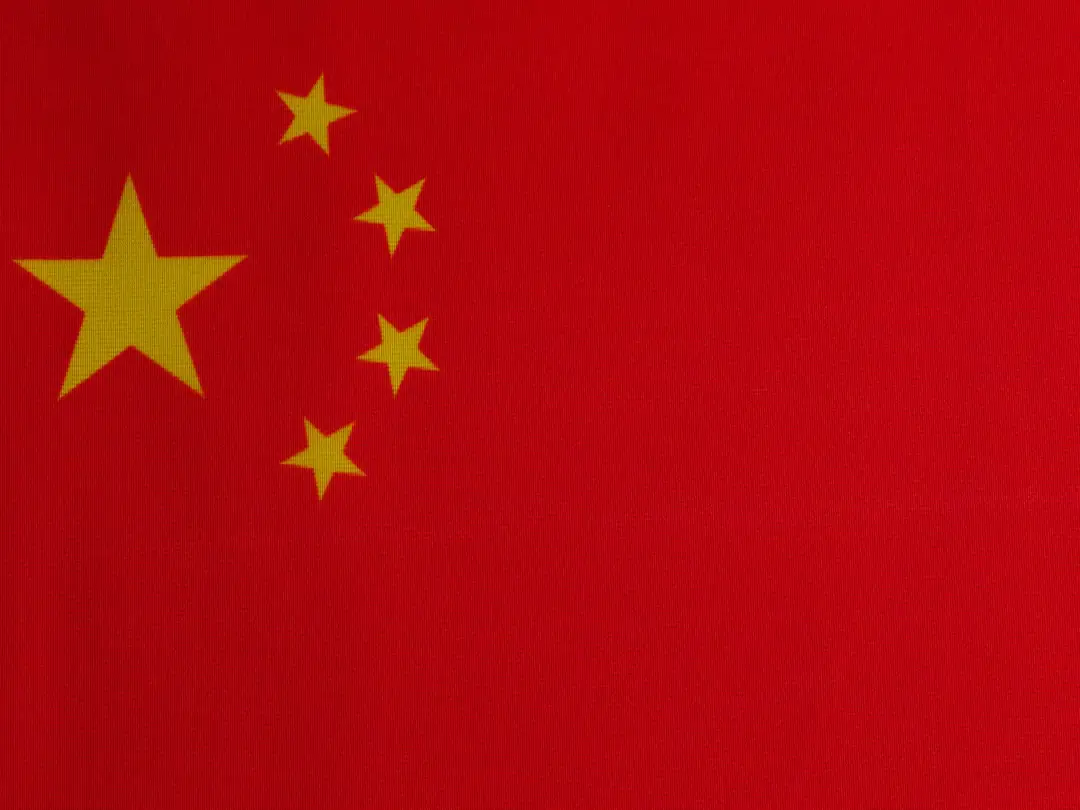Private Internet Access (PIA) is a popular VPN choice worldwide, known for its security features and user-friendly interface. However, users in China often face difficulties accessing PIA services due to the country’s strict internet censorship and sophisticated firewall systems, also known as the Great Firewall of China. If you’re struggling to get Private Internet Access working while in China, there are several troubleshooting steps you can take to resolve the problem.
1. Verify Your Account Credentials
Sometimes, connectivity problems stem from a simple oversight like incorrect login details. Make sure you’re using the right username and password. If you’re unsure, attempt logging into the PIA website to verify your credentials are correct.
2. Download the Latest Version of PIA
China frequently updates its blocking methods, and VPN providers respond by updating their software. Ensure that you’re running the most recent version of the PIA app to benefit from the latest anti-censorship technology.
3. Try Multiple Server Locations
Due to heavy restrictions in China, some VPN server locations may be blocked entirely. PIA offers servers in multiple countries, and switching to a different one — especially closer ones like Hong Kong or Japan — may increase your chances of connecting successfully.
To do this:
- Open the PIA app
- Go to the settings menu
- Select a different server location
- Attempt to reconnect
4. Change VPN Protocols
The firewall in China may block certain VPN protocols. In the PIA settings, try switching between the available protocols:
- OpenVPN (TCP/UDP): Offers solid security and works well, although it may be blocked in some areas.
- WireGuard: A newer protocol that is often faster but may be more easily detected.
Experiment with both to see which gets through the firewall.
5. Enable Obfuscation/Stealth Features
Obfuscation hides VPN traffic so that it resembles regular internet traffic, making it harder for the Great Firewall to detect and block it. Although PIA doesn’t offer a dedicated obfuscation feature like some competitors, its MACE tool may help in some scenarios. For added effectiveness, you can use PIA with third-party obfuscation tools such as:
- Shadowsocks
- Stunnel
- Obfsproxy
You may need some technical knowledge to set up these tools, but they can dramatically increase your chances of bypassing detection.

6. Use Split Tunneling Carefully
Split tunneling allows users to choose which apps use the VPN connection, while others use a direct connection. In China, this could be a double-edged sword. If not set up properly, sensitive data may leak outside of the VPN tunnel, exposing user activity and resulting in further VPN blocks. Ensure that all sensitive apps are fully routed through the VPN.
7. Try Connecting at Different Times of Day
Chinese internet restrictions can fluctuate throughout the day. Some users find success in connecting during off-peak hours when the firewall may be less stringent or more resources are available for bypassing services.
8. Contact PIA Support
If none of the above steps work, reach out to PIA’s customer service. Be specific about the issue and mention you are in China. The support team may suggest alternate server lists or tools that are particularly effective in your region.

FAQ: Troubleshooting PIA in China
-
Q: Does PIA officially support usage in China?
A: Not officially. Like many VPN providers, PIA doesn’t guarantee connectivity in heavily restricted regions such as China. -
Q: Which PIA protocol is most effective in China?
A: OpenVPN (TCP) is often more effective in bypassing censorship, although it can be slower. Experiment with both OpenVPN and WireGuard. -
Q: Can I use PIA on my mobile phone in China?
A: Yes, but you may need to sideload the app or download it outside of China due to app store restrictions. Always use the most recent APK version from the official website. -
Q: How can I install PIA in China if I can’t access their website?
A: Plan ahead and download it before entering China. Alternatively, ask a friend outside China to send you the installation files. -
Q: Are there better VPN alternatives for China?
A: VPNs like ExpressVPN and Astrill are generally more consistent in China, but PIA can still work well with proper settings.
In summary, while using Private Internet Access in China can be challenging, success is often a matter of updating software, choosing the right settings, and experimenting with available tools. With a bit of patience and technical know-how, users can enjoy the privacy they seek even behind the Great Firewall.
